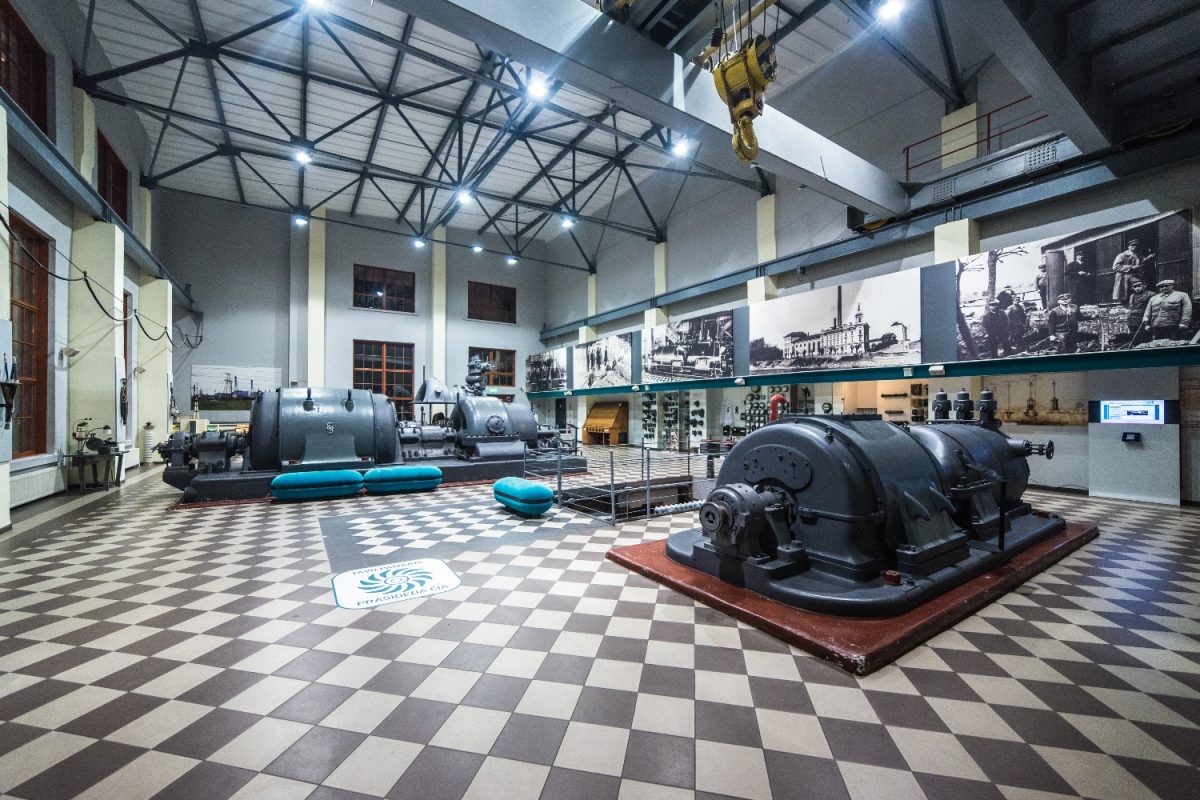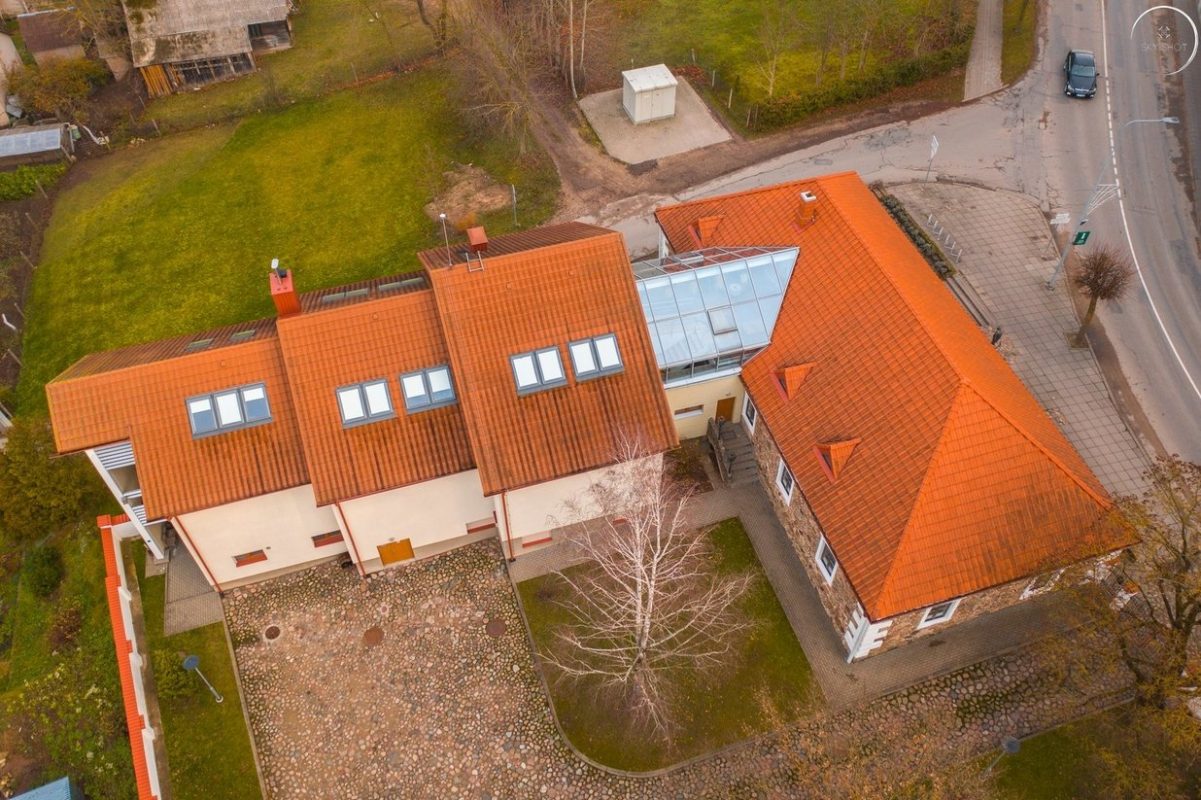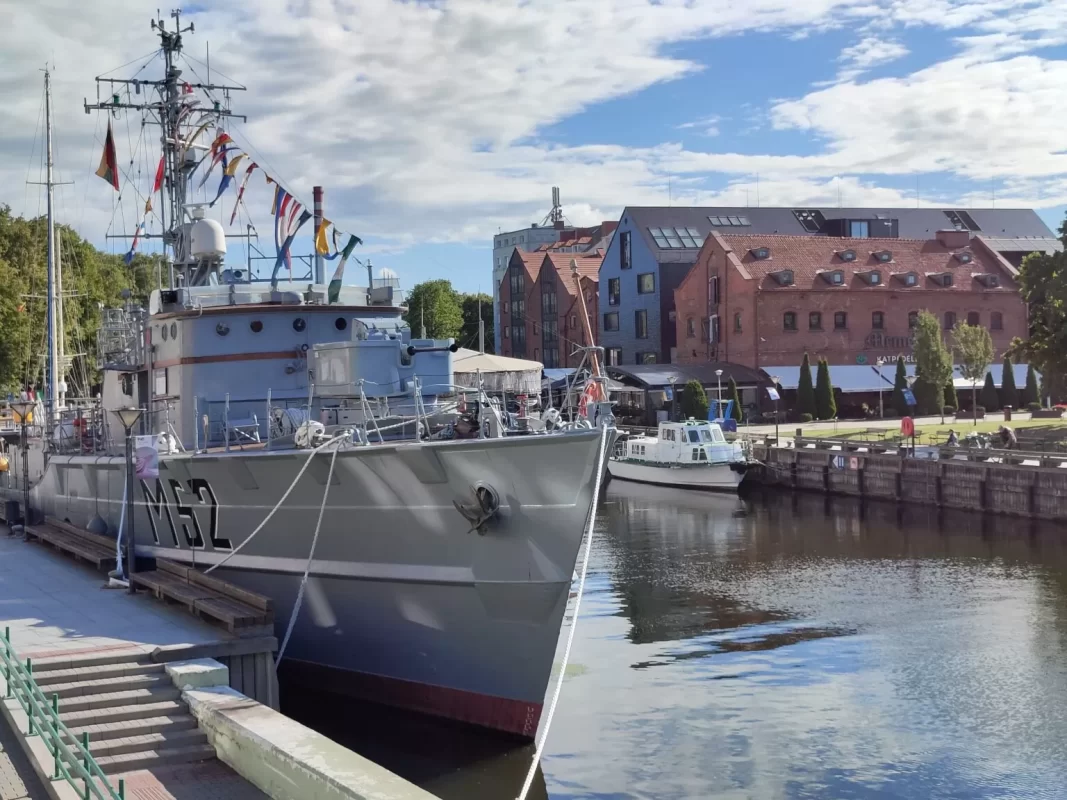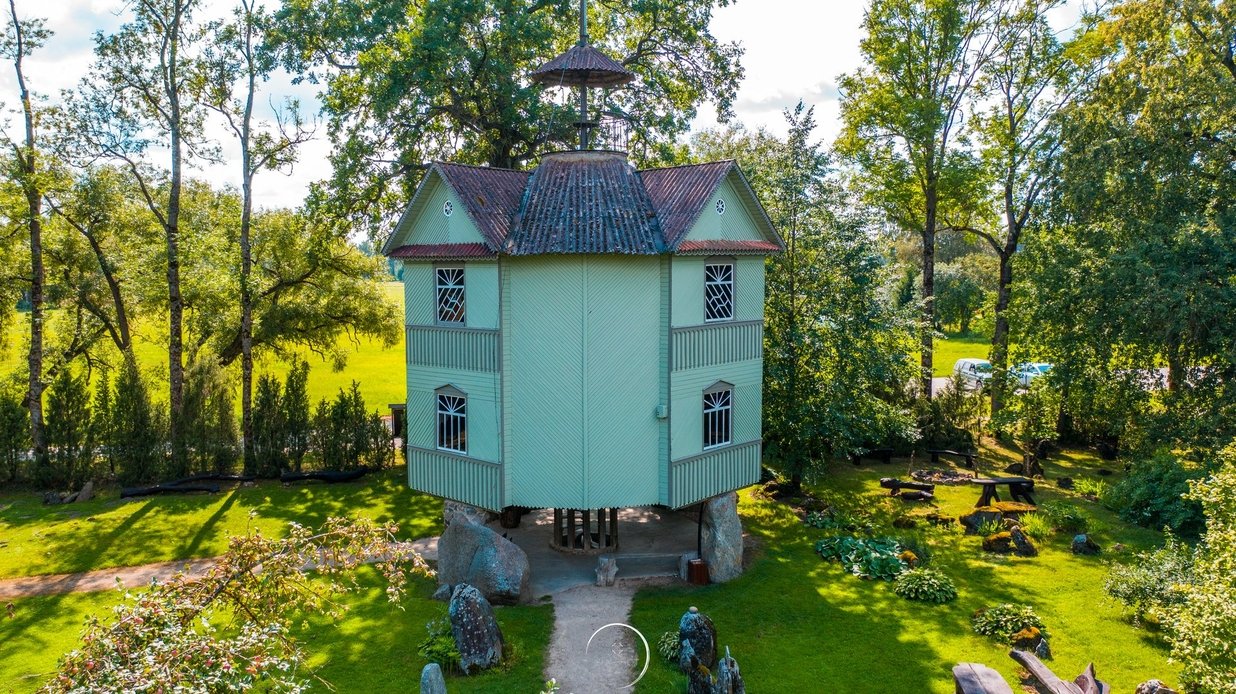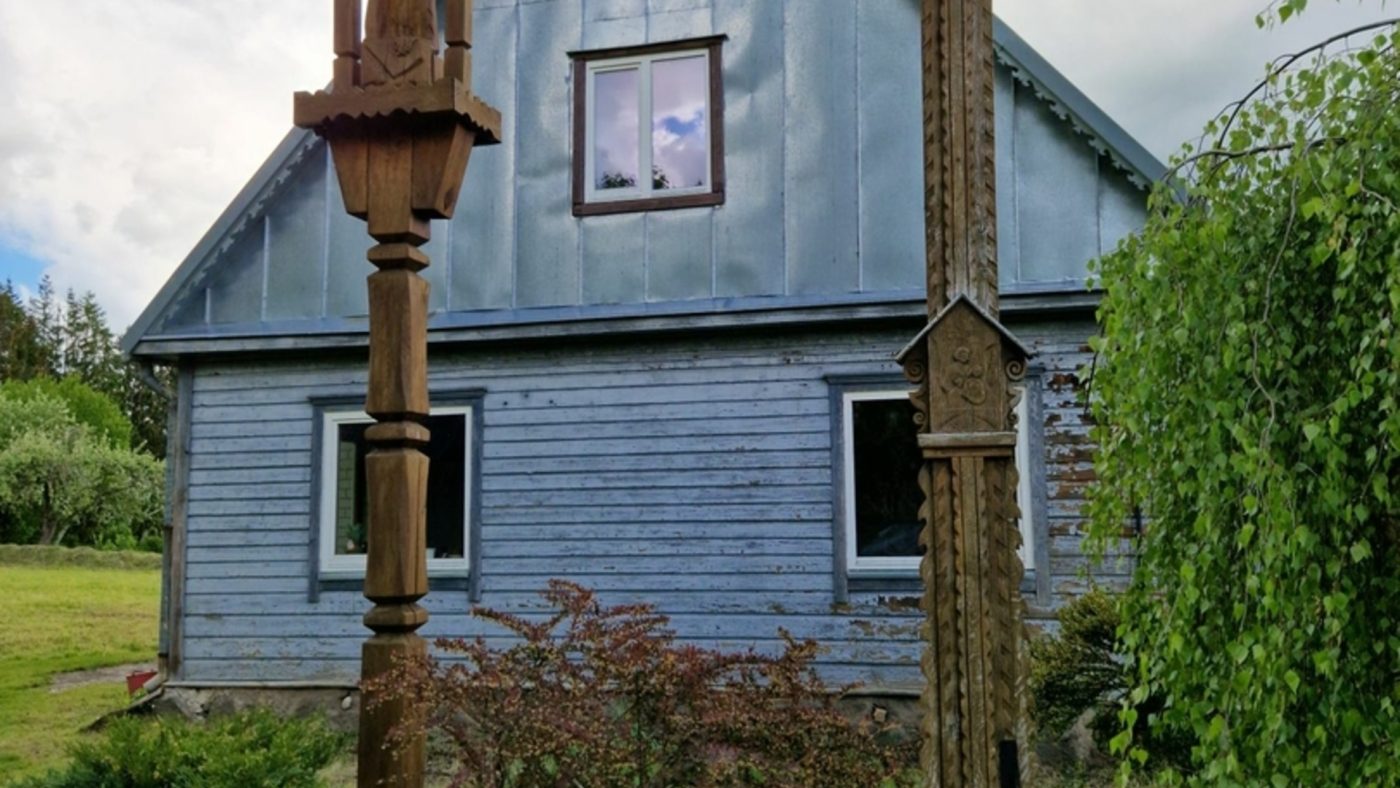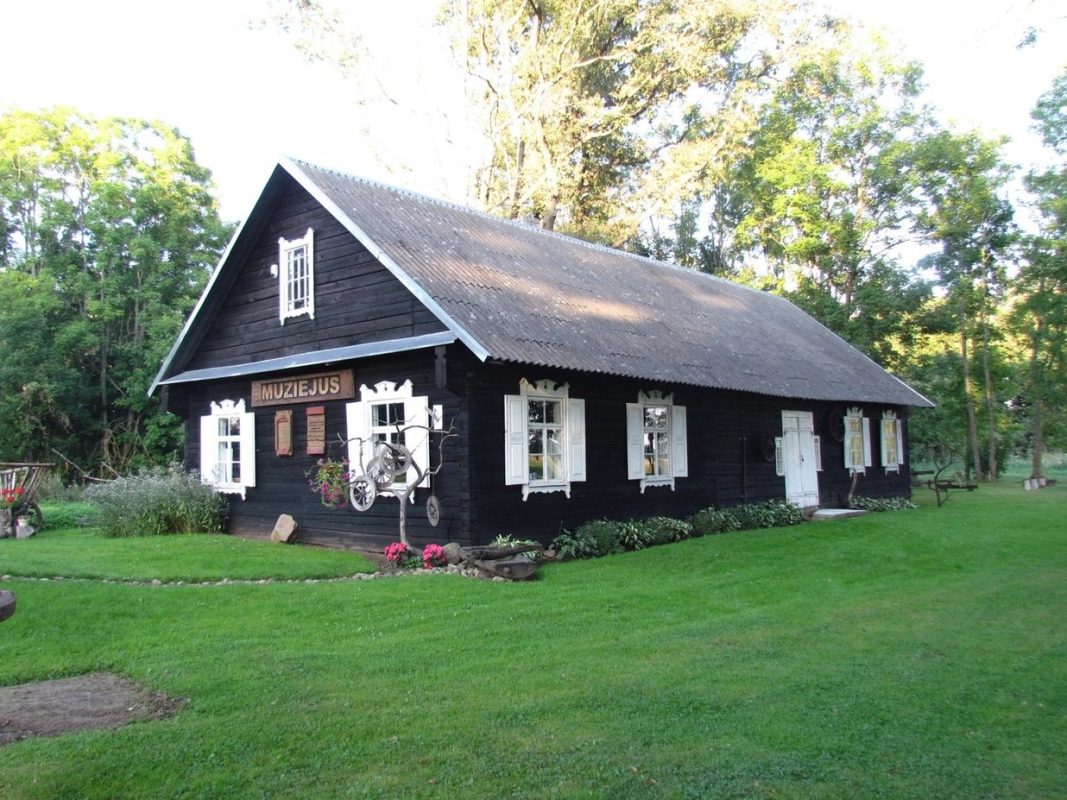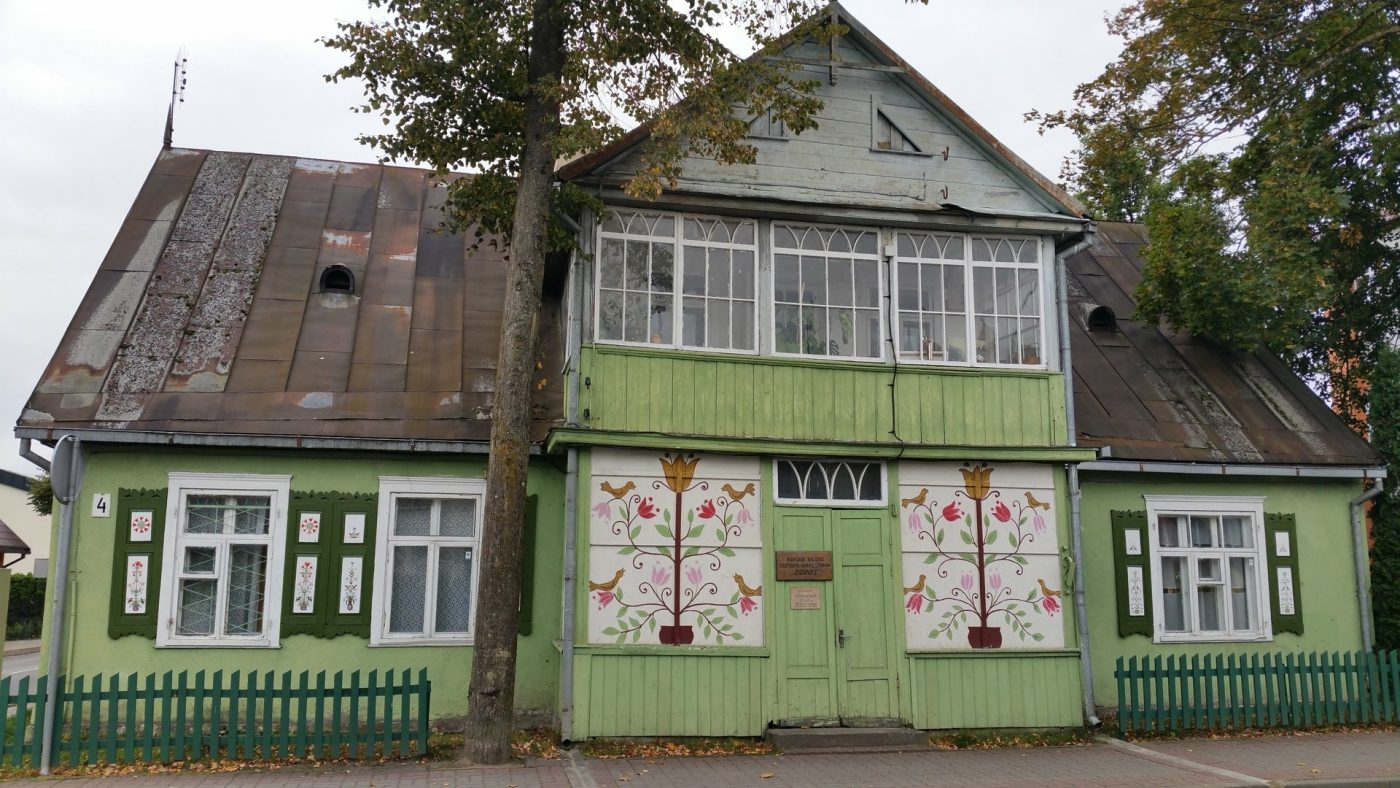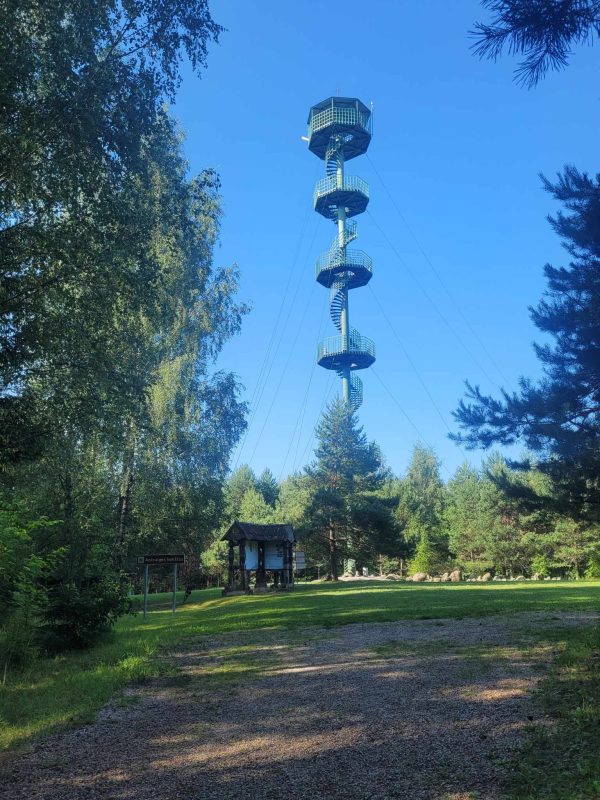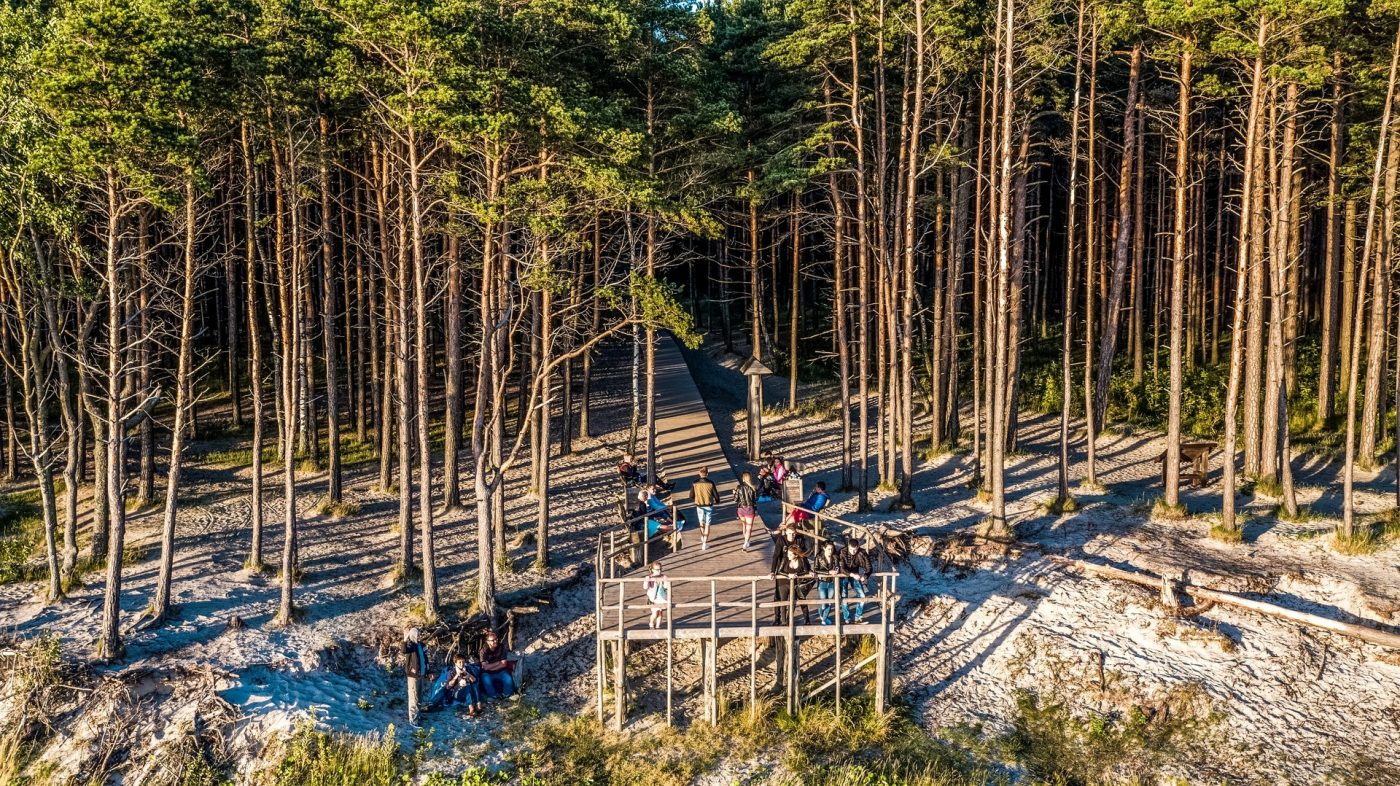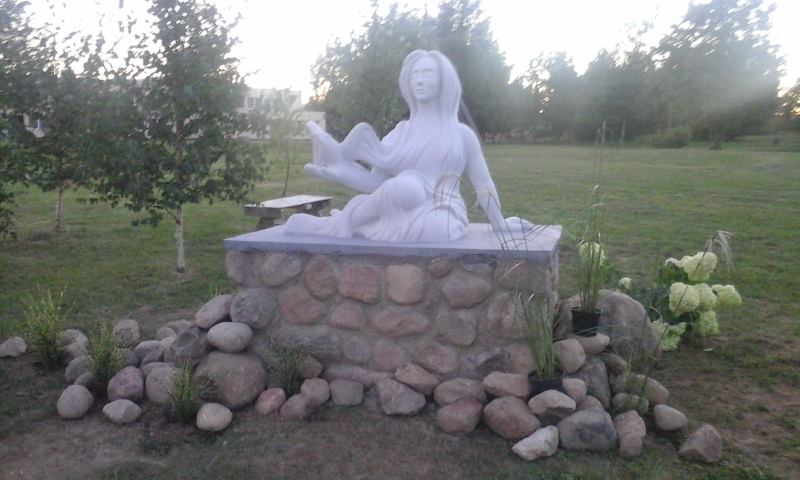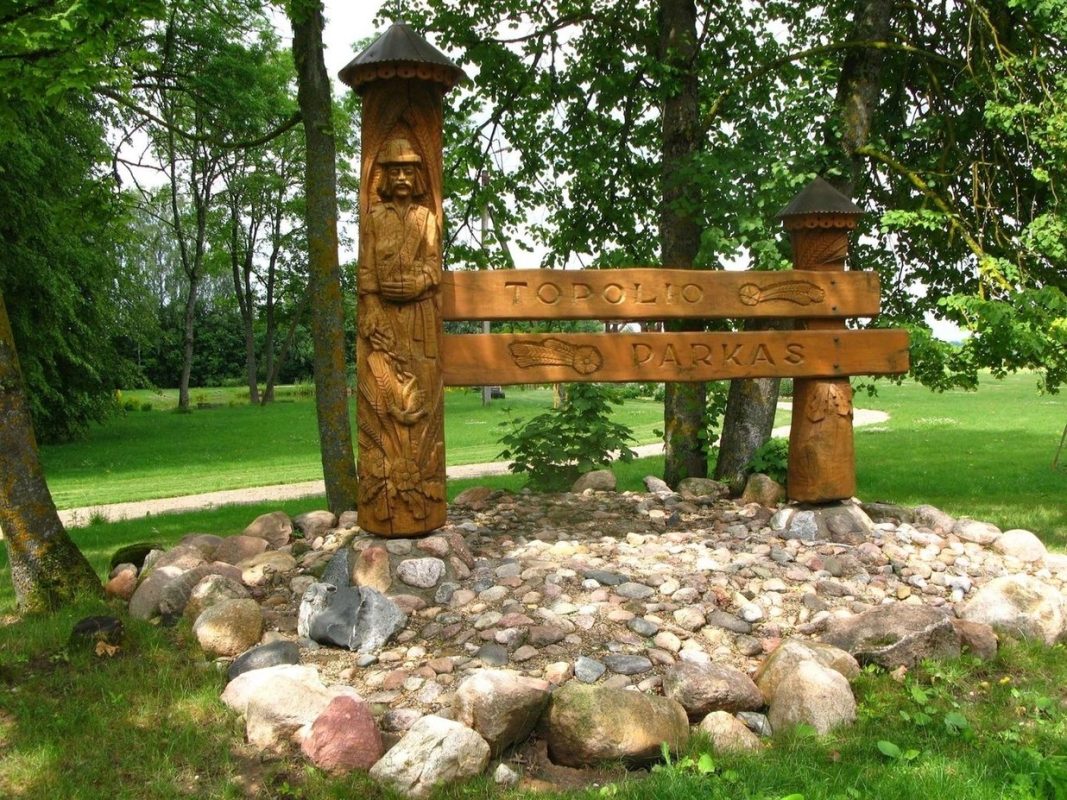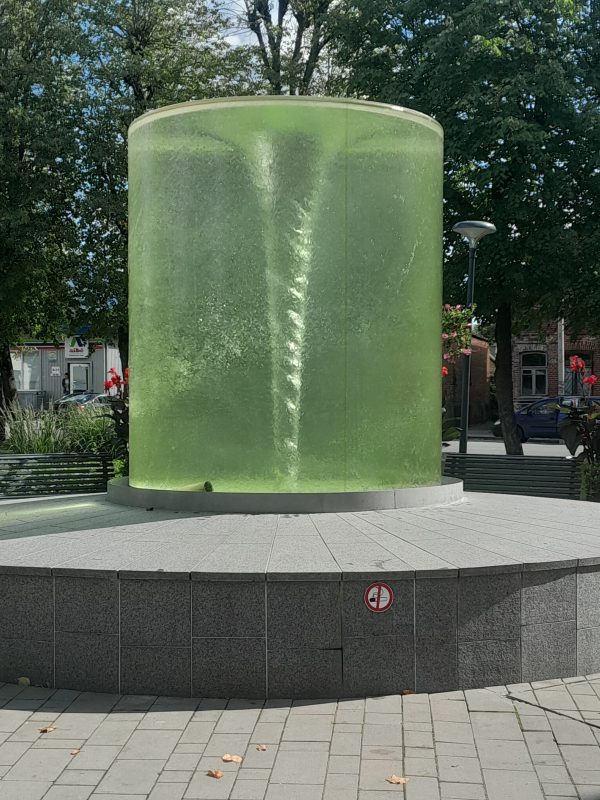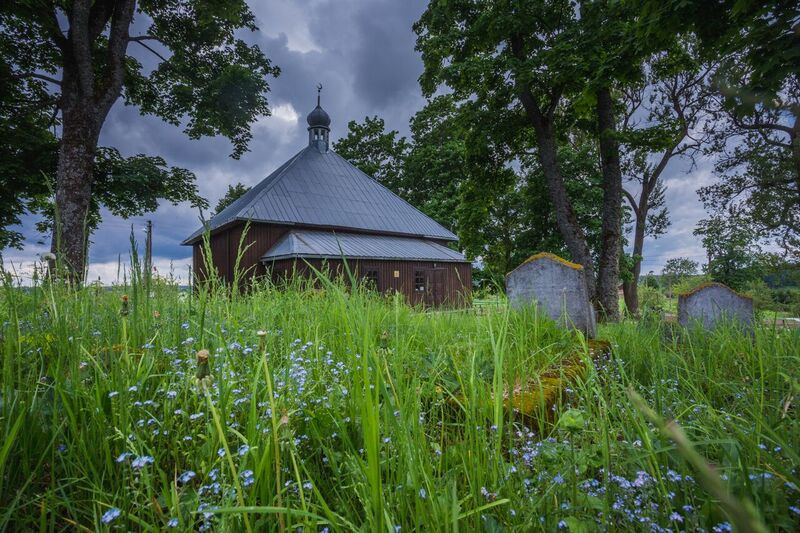In this place, where we see the village of Forty Tatars today, signs of human habitation date back centuries, as evidenced by the burial mounds near the village. These ancient burial sites, formed from earth and stones, are monuments of the past, reflecting the culture and traditions of the inhabitants.
In 1397, during the reign of Vytautas the Great, the first Tatars settled here as prisoners of war. The culmination of this fascinating history is the origin of the village's name, Qırıq Tatar, symbolizing the forty Tatars who settled here at that time. Various stories and legends spread knowledge about the meaning and origin of this name, adding a sense of mystery to the area.
It is said that Vytautas the Great granted the Tatars land and allowed them to preserve their religion and traditions, including polygamy, which allowed one man to have four wives. This tradition led to the rapid growth of the community and the creation of a new village, later named the Village of Forty Tatars.
At the center of the village stands a unique
mosque that attracts visitors and worshipers. It is one of the oldest and one of the four functioning Muslim temples in Lithuania today, and since 1996 it has been included in the list of state-protected sacred objects.
Near the mosque, in the Muslim cemetery maintained by the Tatar community and sheltered by deciduous trees, one can find historic graves dating back to the 14th century. A monument to Vytautas the Great is also erected here, reflecting the deep respect and gratitude felt in the hearts of the Tatar community.
The mosque in the village of Forty Tatars, like other mosques built in the territory of the Grand Duchy of Lithuania, is part of the cultural and religious heritage, bearing witness to the history and contributions of the Muslim community to Lithuania's cultural and spiritual life.
Tatars in Lithuania are one of the ethnic groups whose history began in the 14th century. Their contribution to the country's history and culture is immeasurable, from military service to the development of culture and education.





 Entertainment
Entertainment
 Events
Events
 Food establishments
Food establishments






























 54.562222, 25.170305
54.562222, 25.170305
 Get directions
Get directions